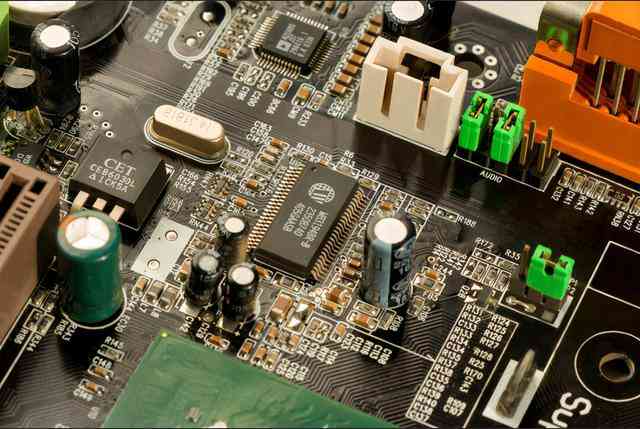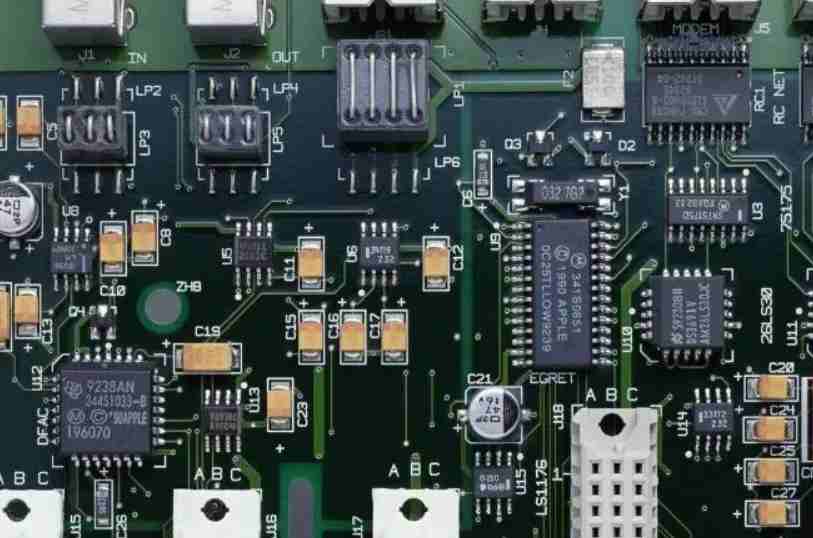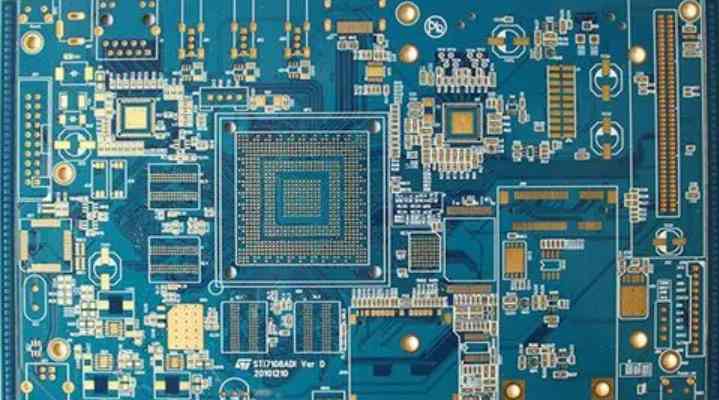
For electronic equipment, a certain amount of heat will be generated during work, so that the internal temperature of the equipment will rise rapidly. If the heat is not dissipated in time, the equipment will continue to heat up, and the devices will fail due to overheating, and the reliable performance of electronic equipment will decline. Therefore, it is very important to have a good heat dissipation treatment on the circuit board. The heat dissipation of PCB circuit board is a very important link. In thermal design, PCB is the most important heat source. The heat source mainly has three aspects:
1. Heating of electronic components
2. Heating of PCB itself
3. Heat from other parts
Among these three heat sources, the heat generated by components is the largest, which is the main heat source, followed by the heat generated by PCB board. The external heat imported depends on the overall thermal design of the system. In the actual PCB design, engineers need to consider the heat dissipation issues including the selection of plates, components, components layout, etc.
Through the PCB board itself heat dissipation is currently widely used PCB board is covered with copper/epoxy glass cloth substrate or phenolic resin glass cloth substrate, there is a small amount of paper covered with copper plate. Although these substrates have excellent electrical properties and processing properties, but poor heat dissipation, as a heat dissipation way of high heating components, almost can not be expected from the PCB board resin conduction heat, but from the surface of the components to the surrounding air heat dissipation.
However, as electronic products have entered the era of component miniaturization, high-density installation and high thermal assembly, it is not enough to only rely on the surface of components with very small surface area to dissipate heat. At the same time, due to the large number of surface mounted components such as QFP, BGA, the heat generated by components to PCB board, therefore, the best way to solve the heat dissipation is to improve the heat dissipation capacity of PCB in direct contact with the heating element, through the PCB board conduction out or out.
1. Add heat dissipation copper foil and use large area power source copper foil
2. Heat the hole
3. Copper is exposed on the back of IC to reduce the thermal resistance between copper and air

Heat dissipation in PCB layout design
Layout is an important part of the whole PCB heat dissipation design, which plays a decisive role in PCB heat dissipation. As a designer, you need to consider the following aspects when making a PCB layout:
1. Consider the centralized design and installation of components with high heating and radiation on another PCB board, so as to carry out separate centralized ventilation and cooling to avoid mutual interference with the motherboard.
2. The heat capacity of printed circuit board surface is evenly distributed. Do not place the high-power components centrally.
3. Keep the heat transfer path as short as possible. Make the heat transfer cross section as large as possible.
4. The layout of components should take into account the influence of thermal radiation on surrounding parts. Heat-sensitive parts and components (including semiconductor devices) should be kept away from heat sources or isolated.
5. Pay attention to forced ventilation in the same direction as natural ventilation. The additional sub-plate and the device duct are consistent with the ventilation direction.
6. Do not place components with large heat or current in the corners and edges of the PCB board. Install radiators as far as possible, and keep them away from other components.
7. Place the temperature detection device in the hottest position.
8. The devices on the same printed circuit board should be arranged according to their calorific value and heat dissipation degree as far as possible. The devices with small calorific value or poor heat resistance (such as small signal transistors, small-scale integrated circuits, electrolytic capacitors, etc.) should be placed at the upper stream (entrance) of the cooling airflow. Devices with high calorific value or good heat resistance (such as power transistors, large-scale integrated circuits, etc.) are placed at the downstream of the cooling flow.
9. In the horizontal direction, the high-power devices should be arranged as close as possible to the edge of the printed board, so as to shorten the heat transfer path; In the vertical direction, the high-power components are arranged as close as possible to the top of the printed board, so as to reduce the impact of these components on the temperature of other components.
10. The heat dissipation of the printed board in the equipment mainly depends on the air flow, so in the design to study the air flow path, reasonable configuration of devices or printed circuit boards. Air flow always tends to flow where the resistance is low, so when configuring components on the printed circuit board, avoid leaving a large area of airspace. The configuration of multiple printed circuit boards in the whole machine should also pay attention to the same problem.
11. The device that is more sensitive to temperature is best placed in the lowest temperature area (such as the bottom of the device), do not put it above the heating device, multiple devices are best staggered layout on the horizontal plane.
12. Choose as large a device as possible when designing the power resistance, and adjust the layout of the printed board so that it has enough space for heat dissipation.
13. Avoid the concentration of hot spots on the PCB, distribute the power evenly on the PCB board as far as possible, and maintain the uniform and consistent temperature performance of the PCB surface.
When the heat of a few components in the PCB is large (less than 3), the heat sink or heat conduction tube can be added to the heating device. When the temperature can not be lowered, the radiator with a fan can be used to enhance the heat dissipation effect. When the amount of heating devices is large (more than 3), you can use a large heat sink, which is customized according to the position and height of the heating devices on the PCB board, or in a large flat radiator cut out different components of high and low positions.
The radiator cover is fastened on the component surface as a whole, and contact with each component to dissipate heat. However, due to the low consistency of components during welding, the heat dissipation effect is not good. Soft thermal phase change pads are usually added on the surface of components to improve the heat dissipation effect.
Because the resin in the plate has poor thermal conductivity, and the copper foil line and hole are good conductors of heat, so improving the copper foil residual rate and increasing the heat conduction hole is the main means of heat dissipation. Often in the design process to achieve strict uniform distribution is more difficult, but we must avoid the power density is too high in the area, so as to avoid the occurrence of hot spots affect the normal operation of the entire circuit. If possible, it is necessary to carry out thermal performance analysis of printed circuits.







